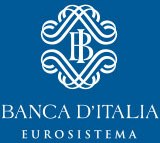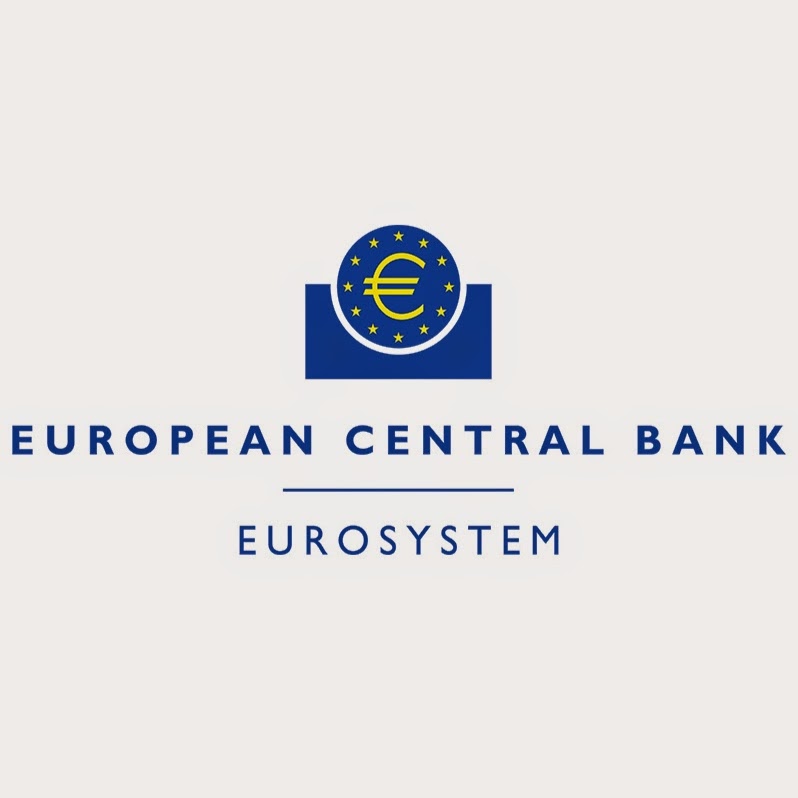
da Maineri Bruno | Ott 22, 2016 | Eba, SSM
In un intervento svolto il 6 ottobre 2016 ad Amsterdam al De Nederlandsche Bank’s ‘Netherlands Day’, Ignazio Angeloni, Member of the Supervisory Board of the ECB, ha passato in rassegna le sfide che incontra il Single Supervisory Mechanism.

da Maineri Bruno | Ott 22, 2016 | Banca d'Italia
La Banca d’Italia ha pubblicato un “Documento per la consultazione” relativo alla
CIRCOLARE N.284 DEL 18 GIUGNO 2013: “ISTRUZIONI PER LA COMPILAZIONE DELLE SEGNALAZIONI DELLE PERDITE STORICAMENTE REGISTRATE SULLE POSIZIONI IN DEFAULT”
Documento di consultazione
da Maineri Bruno | Ott 22, 2016 | Antiriciclaggio, MEF
Il MEF ha pubblicato la “Relazione al Ministro dell’economia e delle finanze del Comitato di sicurezza finanziaria. Valutazione delle attività di prevenzione del riciclaggio e del finanziamento del terrorismo – Anno 2015
Relazione sulla valutazione delle attività di prevenzione del riciclaggio e del finanziamento del terrorismo

da Maineri Bruno | Ott 15, 2016 | ISO, Anticorruzione
ISO publishes powerful new tool to combat bribery
by Elizabeth Gasiorowski-Denis on 14 October 2016
ISO News feeds (RSS)
A new business tool designed to fight bribery is now published. ISO 37001 is the first international anti-bribery management system standard designed to help organizations combat bribery risk in their own operations and throughout their global value chains. It has the potential to reduce corporate risk and costs related to bribery by providing a manageable business framework for preventing, detecting and addressing bribery.
“Bribery is a significant business risk in many countries and sectors,” says Neill Stansbury, Chair of ISO project committee ISO/PC 278 responsible for the new standard. “In many cases, it has been tolerated as a ‘necessary’ part of doing business. However, increasing awareness of the damage caused by bribery to countries, organizations and individuals has resulted in calls for effective action to be taken to prevent bribery.”
Many organizations have already invested significant time and resources into developing internal systems and processes for preventing bribery. ISO 37001:2016, Anti-bribery management systems – Requirements with guidance for use, is designed to support and broaden those efforts, while providing transparency and clarity on the measures and controls that organizations should be putting in place and how to implement them most effectively and efficiently.
ISO 37001 will help prevent, detect and deal with bribery, whether such bribery is by or on behalf of an organization or its employees or business associates. Using a series of related measures and controls, including supporting guidance, the anti-bribery management system specifies requirements for:
An anti-bribery policy and procedures
Top management leadership, commitment and responsibility
Oversight by a compliance manager or function
Anti-bribery training
Risk assessments and due diligence on projects and business associates
Financial, procurement, commercial and contractual controls
Reporting, monitoring, investigation, and review
Corrective action and continual improvement
Stansbury says that ISO 37001 has been developed to ensure flexible use by organizations of all sizes, wherever they may do business. “The bribery risk facing an organization varies according to factors such as the size of the organization, the countries and sectors in which the organization operates, and the nature, scale and complexity of the organization’s operations. Therefore, ISO 37001 specifies the implementation by the organization of reasonable and proportionate policies, procedures and controls.”
Organizations may choose to be certified to ISO 37001 by accredited third parties, to confirm that their anti-bribery management system meets the standard’s criteria. Although certification (or compliance) to ISO 37001 cannot provide assurance that no bribery has occurred or will take place in relation to an organization, the standard can help establish that the organization has implemented all appropriate measures designed to prevent bribery.
ISO 37001 builds on guidance from various organizations, such as the International Chamber of Commerce, the Organisation for Economic Cooperation and Development, Transparency International and various governments, representing a global consensus on anti-bribery good practices. It was developed by ISO project committee ISO/PC 278, Anti-bribery management systems, whose secretariat is held by BSI, the ISO member for the United Kingdom.
Ulteriori informazioni sulla norma

da Maineri Bruno | Ott 13, 2016 | Eba
EBA publishes work programme for 2017
Related documents:
EBA 2017 Work Programme [PDF, 706KB]
Related links:
EBA 2017 Work Programme
12 October 2016
The European Banking Authority (EBA) published today its detailed annual work programme for 2017, describing the specific activities and tasks of the Authority for the coming year, as well as a multiannual work programme, highlighting the key strategic areas of work in the coming years (from 2017 to 2020).
The EBA’s work for 2017-2020 is defined under seven strategic areas and 38 activities. The programme includes a description of the Authority’s strategic areas of activity, expected results and outputs.
It has been developed on the basis of the of the tasks specified in the Authority’s founding Regulation as well as of the various mandates and legislative proposals received and envisaged in the area of financial and banking regulation.
In particular, in 2017-2020, the EBA will (i) continue to play a central role in developing and maintaining the Single Rulebook for banking in the EU; (ii) promote efficient and coordinated crisis management of credit institutions, investment firms and financial market infrastructures in the EU; (iii) promote convergence of supervisory methodologies and practices to a high standard so as to ensure that regulatory and supervisory rules for going concern and crisis situations are implemented consistently across the EU; (iv) identify and analyse trends, potential risks and vulnerabilities stemming from the microprudential level across borders and sectors; (v) maintaining and developing the common supervisory reporting framework, as well as acting as the EU data hub for the collection, use and dissemination of data on EU banks; (vi) protect consumers, monitor financial innovation and contribute to easy retail payments in the EU; and finally (vii) be a competent, responsible and professional organization, with effective corporate governance and efficient processes.
As to the priorities for 2017, the EBA will focus on liquidity and leverage ratio, credit risk and credit risk modelling, recovery planning and early intervention, promoting convergence, and improving the framework for the protection of consumers and the monitoring of financial innovation.
In addition, the EBA expects a considerable number of legislative reforms from the Commission that will affect the 2017 planned work, such as the review of the CRR and the consequence of the Basel Committee on Banking Supervision (BCBS)’s revision of the trading book, the implementation of the total loss absorbing capacity (TLAC) requirements in the EU prudential regulatory framework, the fundamental review of the trading book (FRTB), further work related to proportionality in the regulatory framework and changes to the securitisation framework in the context of the Capital Market Union (CMU).
This additional work will require a reprioritisation exercise in light of the budget and resources constraints and, therefore, a focussing on the EBA’s strategic areas for its future development. With this in mind, the EBA intends to expand its ability to collect supervisory data from EU competent authorities to capture the overall of EU banking sector, which would significantly improve its analysis of the impact of regulation and enhance its transparency work.
Press contacts:
Franca Rosa Congiu
E-mail: press@eba.europa.eu – Tel: +44 (0) 207 382 1772




